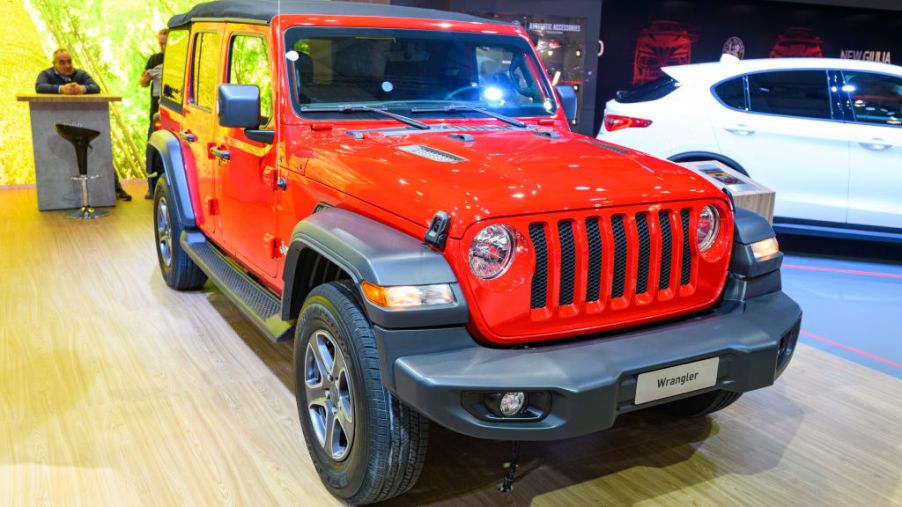
The Most Common Jeep Wrangler Complaints You Should Know About
The Jeep Wrangler first appeared on America’s roadways in 1986. It has been named one of the most iconic cars of the last 20 years and is highly regarded in the off-road community. Its unique style and appearance make it a one-of-a-kind SUV and a popular choice for Jeep enthusiasts.
In 2019, more than 228,000 units were sold in the United States. Consumer Reports recently named the 2020 Jeep Wrangler one of the most unreliable cars of the year, but despite the poor ratings, owners still love their Jeeps. Here are a few of the most common complaints that you should know about.
The Jeep Wrangler’s ‘Death Wobble’
Owners of older model Jeep Wranglers know all too well what the “death wobble” is. This refers to a common condition experienced by Jeep owners. Drivers report losing control of the vehicle while driving on the highway at speeds exceeding 65 mph. When the Jeep hits a small pothole or bumps in the road, steering suddenly becomes impossible. The steering wheel oscillates and starts to violently shake.
Those who have experienced this frightening situation seek immediate repairs. To correct the situation, the steering stabilizer has to be replaced. New tie rods and ball joints also have to be installed. The estimated cost of repair is under $1,000 and should be done by an authorized Jeep dealer.
Fault in the wireless control module
A traditional car key is sorely missed by Jeep owners experiencing problems with their key fobs. When there is a failure in the ability of the vehicle’s computer system to communicate with the wireless control module, the car will not start. Jeep Wrangler owners report getting locked out of their cars, the engine not turning over, and loss of all lights and dashboard components.
While it’s a simple inexpensive fix, it is a very frustrating problem to deal with until repairs can be scheduled. To correct the radio frequency issues, the wireless control module needs to be replaced.
TIPM failure
The Totally Integrated Power Module (TIPM) maintains the working order of the entire electrical system in the Jeep Wrangler. Consumers often experience a sudden loss of power, and at times, they’ve been unable to start the vehicle.
The air conditioning system, radio, lights, and windshield wipers are all controlled by the TIPM. To rectify the issue, the module must be replaced, typically costing around $1,500. Most consumers report noticing this common problem when the Jeep nears 50,000 miles.
Cracks in exhaust manifolds
Cracked manifolds are a common occurrence in older model Jeep Wrangler vehicles. Drivers report hearing a ticking sound coming from the engine. The manifolds need to be replaced immediately to avoid dangerous driving conditions.
Owners report engine firing concerns, poor gas mileage, and a constant knock. Most consumers find replacing the exhaust manifold with an aftermarket stainless steel option eliminates the problem.
Water leaking from side doors of the Jeep Wrangler
Owners of the Jeep Wrangler frequently complain about water leaking into the vehicle through the upper corner of both the driver and passenger side doors. The biggest issue is that there is a large amount of water that comes in and pools on the floorboards, sometimes as much as two inches deep. The water tends to enter the vehicle by seeping down the A-pillar.
This appears to be an ongoing problem with Jeep Wranglers. Some customers say that Chrysler is aware of the issue but has not offered any sort of remedy to correct the problem. Repair shops are replacing the seal around the doors in hopes of alleviating the problem for angry customers that are tired of wet and mildew-smelling floors.


